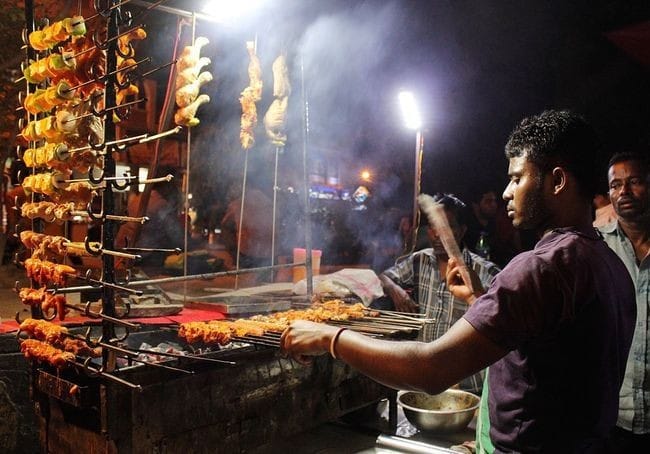Street food has long been a significant part of urban culture, providing affordable, delicious, and convenient food options to residents and visitors alike. However, street food has a broader impact beyond just satisfying hunger; it serves as a means of cultural exchange and integration, bringing people of diverse backgrounds together through shared culinary experiences.
In many cities around the world, street food vendors represent a diverse cross-section of cultures and communities, reflecting the unique histories and identities of the urban areas they inhabit. For example, in cities like New York, London, and Singapore, street food reflects the city’s cultural diversity, with vendors offering everything from Indian samosas to Chinese dumplings to Mexican tacos.
The multicultural nature of street food creates a space for cultural exchange and interaction, allowing residents and visitors to learn about new cuisines and traditions. In this way, street food fosters a sense of community and connection, helping to break down barriers and promote cultural understanding.
Furthermore, street food vendors often adapt their recipes and techniques to suit local tastes and preferences, resulting in unique and innovative food creations that reflect the fusion of different culinary traditions. For example, in India, street food vendors have incorporated Chinese, Italian, and even American flavors into their dishes, resulting in dishes like “chowmein samosas” and “pizza dosas.”
Beyond its role as a cultural exchange, street food also plays a significant economic and social role in urban areas. Street food vendors often operate in informal markets, which provide a source of income and employment for those who may not have access to traditional job opportunities. Additionally, street food vendors often use locally sourced ingredients, supporting small-scale farmers and promoting sustainable agriculture practices.
However, street food vendors also face significant challenges, including lack of access to infrastructure and regulatory barriers that can make it difficult to operate legally. Furthermore, there are concerns about food safety and hygiene, which can be difficult to regulate in informal markets.
To address these challenges, many cities are taking steps to formalize street food markets and provide infrastructure and support to vendors. For example, in Mexico City, the government has established a program to provide street food vendors with access to training, legal advice, and infrastructure, helping to improve the quality and safety of street food while promoting economic development.
In conclusion, street food serves as a means of cultural exchange and integration in urban areas, promoting cultural understanding and community building. Additionally, street food plays a significant economic and social role in urban areas, providing employment opportunities and supporting sustainable agriculture practices. However, street food vendors face significant challenges, and governments and communities must work together to provide support and infrastructure to promote the growth and development of street food markets in urban areas.










